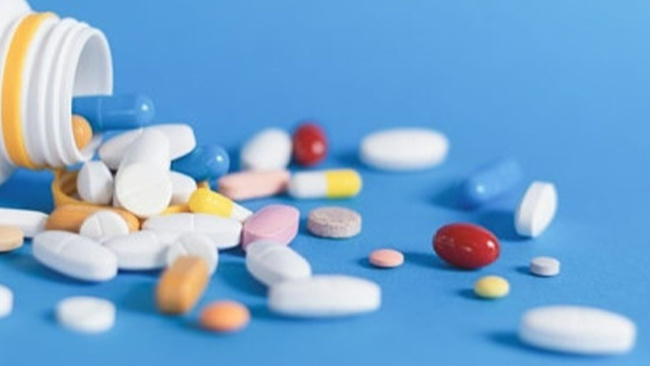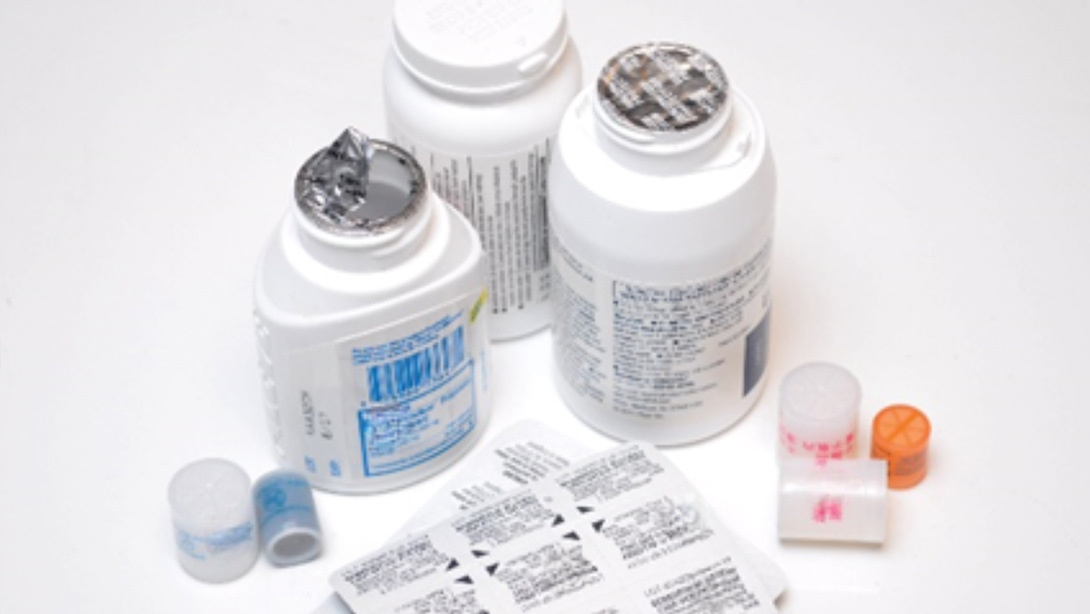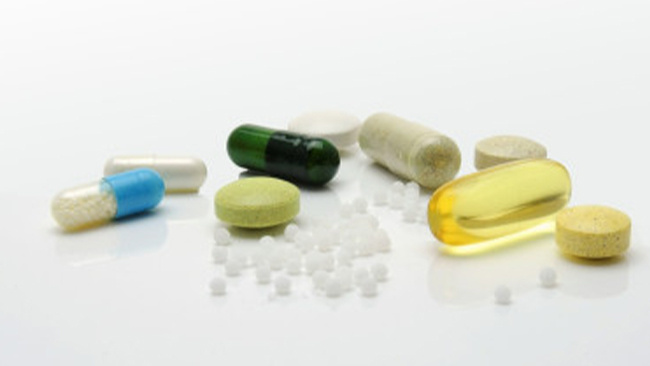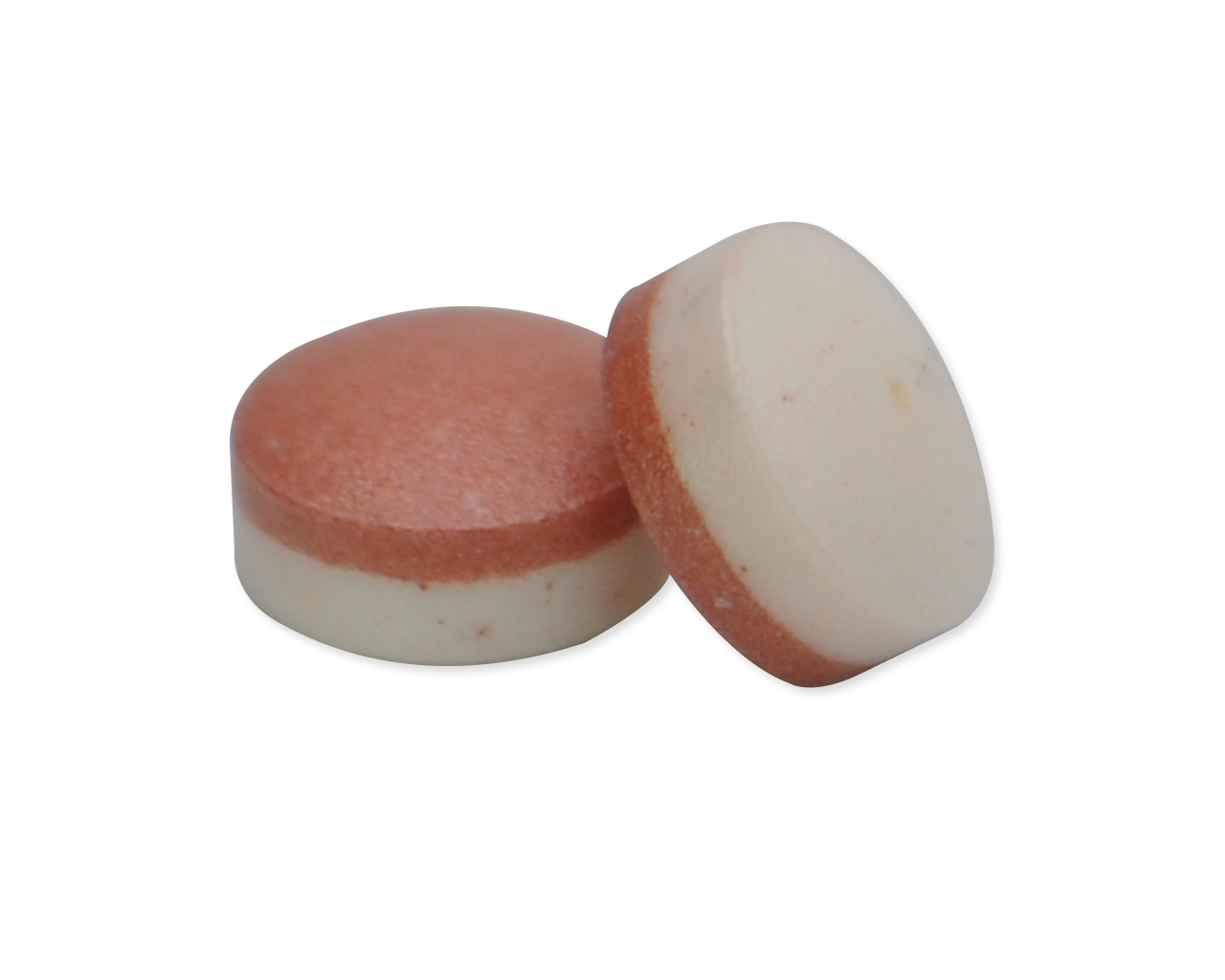Functional Packaging in Pharmaceuticals: Regulations, Safety, and the Future

The pharmaceutical industry relies on functional packaging to safeguard products, ensuring they reach the end-user without compromise. Packaging has continued to evolve adapting to changing protection needs and stringent regulations.
The role of functional packaging in pharmaceuticals reflects a journey of innovation, responding to the demands for enhanced patient safety and product stability. It is imperative for healthcare companies to understand the changing landscape to align their practices with industry standards and optimize their product offerings.
This article will navigate through the history, regulatory influences, and advancements in pharmaceutical packaging, shedding light on its critical role in patient safety and product integrity.
Read more: The Role of Functional Packaging in Ensuring Pharmaceutical Product Integrity
Regulatory Requirements of Functional Packaging in Pharmaceuticals
In the early stages of the pharmaceutical industry, basic glass bottles and containers provided limited protection. These shortcomings, including contamination risks and stability issues, prompted the industry to innovate -- and regulations have played a major role.
Regulatory bodies are key in shaping the evolution in pharmaceutical packaging, ensuring safety and efficacy. Evolving regulations demand increased functionality and safety from packaging to protect public health.
Key regulatory influences include:
- The introduction of tamper-evident packaging requirements
- Standards for child-resistant packaging
- Guidelines ensuring the stability and integrity of pharmaceutical products throughout their shelf life
These regulations have compelled the pharmaceutical industry to innovate, adopting packaging solutions that meet these requirements and enhance the overall user experience.
Packaging now serves a multifaceted role, acting as a barrier to contamination, protection from environmental and climatic influences, and a tool for ensuring proper dosage and usage. This evolution underscores the critical role of functional pharmaceutical packaging in safeguarding public health.
How Functional Packaging Places a Focus on Enhancing Patient Safety
Patient safety is key and functional packaging plays a critical role in protecting consumers.
Preventing Medication Errors
Pharmaceutical packaging facilitates clear labeling and dosing of pharmaceutical products, enabling easy identification and administration of the correct medication by patients and healthcare providers. This design and labeling are crucial in reducing the risk of medication errors.
Child-Resistant Packaging
This type of packaging is essential for preventing accidental ingestion of medications by children and is often mandated by regulatory bodies. It requires a certain level of dexterity and understanding to open, which is typically beyond the capability of young children. The development and implementation of child-resistant packaging have significantly reduced incidents of accidental poisoning in children.
Tamper Evident Packaging
Tamper evident features ensure that any unauthorized access to the medication is immediately apparent. This is crucial for maintaining product integrity and ensuring that the medication is safe for consumption. Visible tampering indicators protect consumers by signaling potential risks.
Active Packaging to Prevent Product Degradation
Developing active packaging with desiccants and oxygen scavengers for patient safety in pharmaceutical applications involves integrating advanced technologies to ensure medication stability. These solutions actively control moisture and oxygen levels, safeguarding sensitive drugs from degradation. Tailored for patient well-being, this innovative packaging extends shelf life, maintains potency, and reduces the risk of adverse effects.
By prioritizing pharmaceutical safety through active packaging, it aligns with industry standards and enhances the overall patient experience.
The Future of Functional Packaging in Pharmaceuticals
Sustainability and the integration of smart technology are at the forefront, driving advancements that aim to reduce environmental impact, enhance user experience, and further improve product safety.
Sustainability in Packaging
The push towards sustainable practices has become a global priority, and the pharmaceutical industry is no exception. Future developments in functional packaging are focusing on:
- Eco-Friendly Materials: the creation of packaging materials that are biodegradable and sourced from renewable resources to reduce the environmental footprint of pharmaceutical packaging.
- Lightweight Designs: Advancements in material science are enabling the production of lighter packaging without compromising its protective qualities. This not only reduces material use but also lowers transportation emissions, contributing to overall sustainability goals.
- Recycling: There is an increasing emphasis on designing packaging that is easy to recycle, ensuring that it can be processed efficiently at the end of use.
Smart Technology Integration
The integration of smart technologies into pharmaceutical packaging is set to impact how medications are stored, distributed, and consumed. Key areas of focus include:
- Sensors and Connectivity: Packaging embedded with sensors can monitor environmental conditions like temperature and humidity, ensuring that the product remains within safe parameters. Connectivity allows for real-time data transmission, enabling swift action if any issues are detected.
- Interactive Packaging: Innovations such as QR codes and NFC technology are making packaging more interactive, providing patients with easy access to information, reminders, and adherence support directly through their smartphones.
- Personalized Experience: Future packaging solutions may incorporate personalized elements, such as adjustable dosages or tailored instructions, further enhancing the user experience and ensuring proper medication use.
- Anti-Counterfeiting Measures: Advanced security features and tracking capabilities will play a crucial role in combating pharmaceutical counterfeiting, ensuring that patients receive genuine products.
Future developments in functional packaging underscore the industry’s commitment to innovation, patient safety, and environmental stewardship. The integration of sustainability and smart technology into pharmaceutical packaging promises to enhance product integrity and user safety, while driving efficiency and sustainability.
Learn More About Functional Packaging Solutions
The evolution of functional packaging in pharmaceuticals continues, driven by the need to ensure patient safety and product stability. From simple containers to sophisticated, child-resistant solutions, the industry has continuously raised the bar, setting new standards in quality and protection.
To delve deeper into how companies can optimize their packaging solutions, we invite you to explore our next article, "Selecting the Right Functional Packaging for Your Pharmaceutical Products." This piece will guide you through the process of choosing the most appropriate packaging, considering factors such as product type, user demographic, and distribution conditions.



